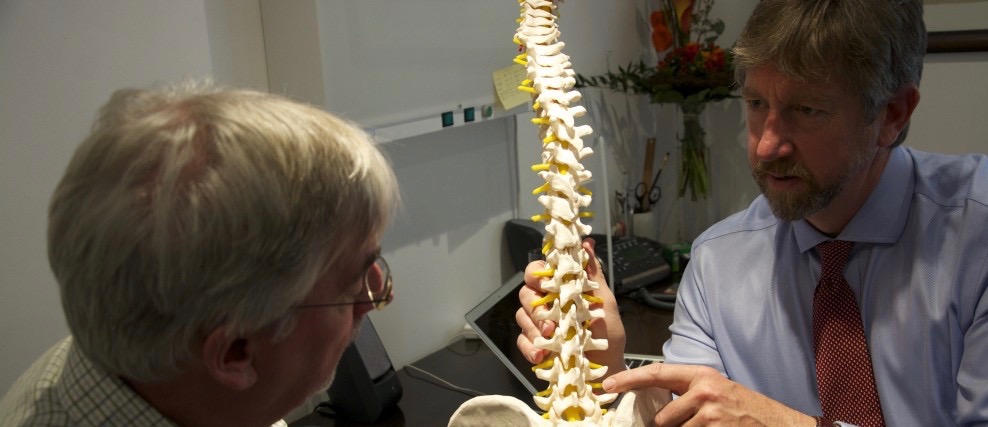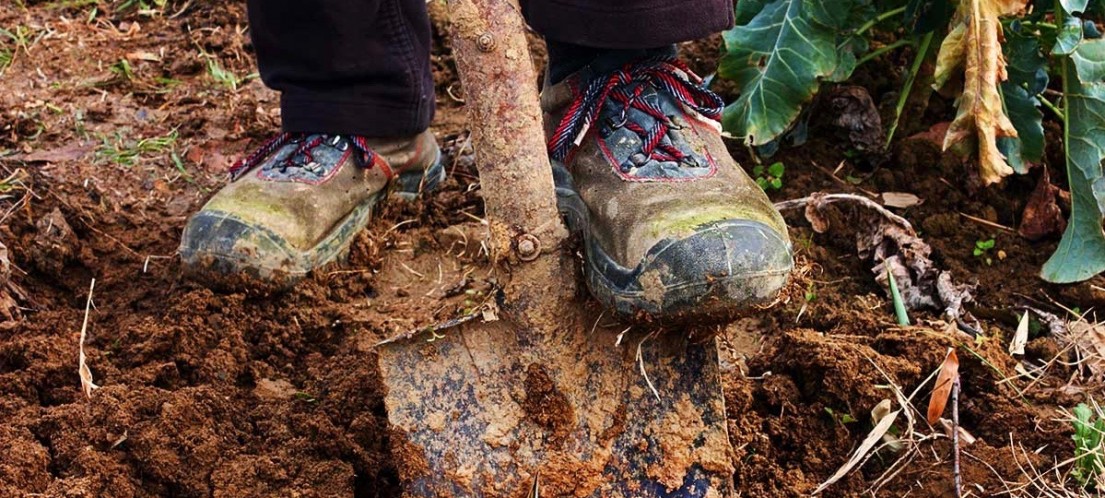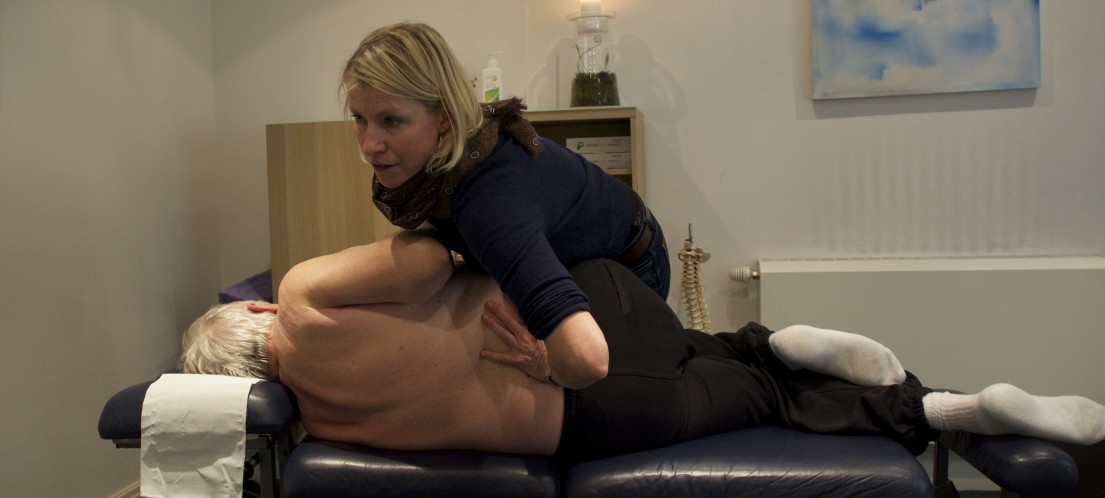When your pain comes on suddenly we will try and see you within one working day
Acute Low Back Pain
Acute Low Back Pain can be provoked or can come on for apparently no reason, it can be very painful but is usually not serious
Acute Low Back Pain
Acute Low Back Pain means pain of short duration, typically pain lasting less than 6 weeks, it is contrasted with Chronic Low Back Pain. ‘Acute’ is from the Latin root ‘acutus‘ meaning ‘sharp, pointed, vicious or cunning’, a series of terms that have nothing to do with time, however they do describe the Acute Low Back Pain experience.
Mechanical Back Pain
Most Low Back Pain is ‘Mechanical’, involving a reaction of the muscles around the ‘facet joints’, the joints behind the disc that recruit muscular support to control the motion of the disc. It may be very painful, even completely disabling, but it is not serious if it is handled correctly.
An injury may occur due to lifting or falling, or maybe an accident such as in a road traffic collision, but very often onset is due to an innocuous bend to pick up something light but the effect of leverage of the body weight is enough to create a reaction. Although an injury may occur it is very unusual that it will show up on a scan as Mechanical low back pain is not associated with any change in anatomy, it looks the same on a scan before, during and after a pain experience.
Mechanical Back Pain can be extremely painful, due to powerful compression of the facet joints by the muscles, giving sharp, sometimes disabling, back pain. In some cases it can give symptoms of a trapped nerve or deep referred pain to the buttock, hip, groin and leg.
Trapped Nerves
The expression ‘a trapped nerve’ is often applied to any pain which is sharp, this is incorrect, it is the acute spasm of muscles around the facet joints that gives the sharp back pain.
Mechanical Low Back Pain causing a Trapped Nerve in the lower back, either sciatica or femoral neuralgia, irritates the outer (sensory) part of the nerve, which transmits information mainly from the skin to the brain, this will cause well defined pain, numbness or pins and needles in the skin.
A trapped nerve gives a sensation or pain consistent with the distribution of a single nerve or nerve root. This would need to be distinguished from pain originating inside the spine which could be due to an anatomic change such as a disc prolapse or herniated disc. We would determine whether you have enough signs to suggest that a scan might be needed.
Deep Referred Pain
Mechanical Back Pain causing Deep Referred Pain occurs when an ‘interference signal’ from the back pain is picked up by the inner (motor) part of the nerve and sent to a muscle. The pain is felt under the skin usually in a muscle as a poorly defined dull numbness or bruised soreness. The pain uses the nerve to get around but the nerve itself is not trapped.
The Spine Team Approach
In Mechanical Back Pain it is important that you understand what is happening and why, and therefore an important part of your treatment is an explanation of your problem. Research has shown that it is the fear of pain causing spasm and a tendency to avoid activity makes recovery difficult. Therefore it is important to understand that if you feel pain, even if it is very painful, it is not a sign of further injury. ‘Pain’ does not mean ‘Harm’.
Our Acute Back Pain Service
Offers a very short lead time to consultation, screening for non-mechanical (serious illness) symptoms or signs and for signs of likely failure to respond to treatment in the short term, leading to early advice and treatment.
Treatment is aimed at improving the function of the affected area and helping the recovery of the whole body around it, manipulation is indicated for most mechanical pain to take away the muscular tension or spasm that sets up around the facet joint that has been irritated. However most patients leave The Spine Team with more than treatment as there are usually other factors to address to optimise recovery.

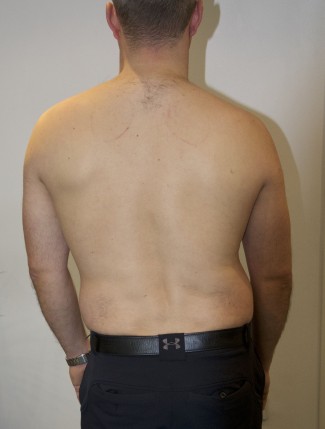
Mechanical Low Back Pain can be very painful, commonly preventing you from standing up straight
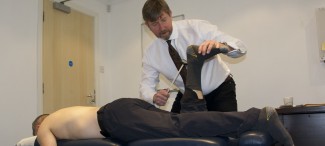
We will differentiate between referred pain and trapped nerves and whether it is likely to come from inside or outside of the spine
